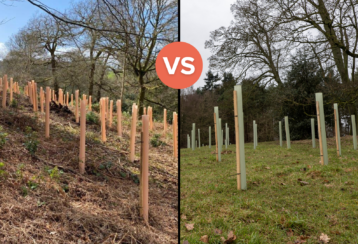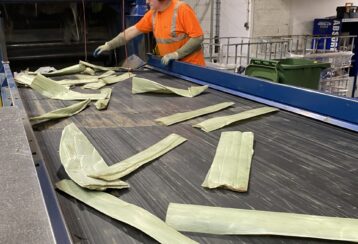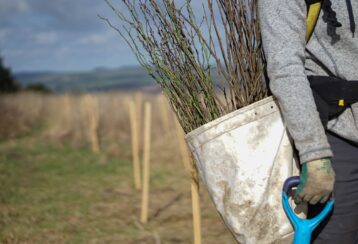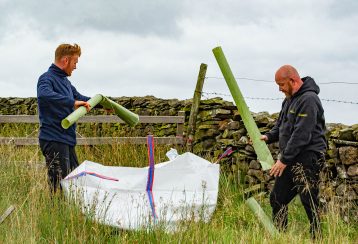As a tree shelter manufacturer, we talk a lot about the importance of using tree shelters and the huge range of benefits they provide in the early stages of tree development.
However, we also know how valuable it is to provide support and guidance on removing and collecting tree shelters when the time is right.
Many of the recent grants such as EWCO (England Woodland Creation Offer) make collection a requirement, stating that you must “remove and dispose of tree guards in an appropriate manner (for example recycle) when no longer required, and by year 15 in all cases” – making it the responsibility of all of us.
Despite what you may think, plastic tree shelters manufactured using recycled materials – that are collected and disposed of properly still represent the most sustainable and circular choice, as demonstrated in this Life Cycle Analysis (LCA) study.
Plastic shelters also have a long-standing and proven track record of effectively aiding tree survival and growth, which is the ultimate goal of all tree protection.
So, in this blog, we’re discussing all things ‘tree shelter collection’ – with the aim of providing insights into when, where and how to dispose of your recyclable, plastic tree shelters.
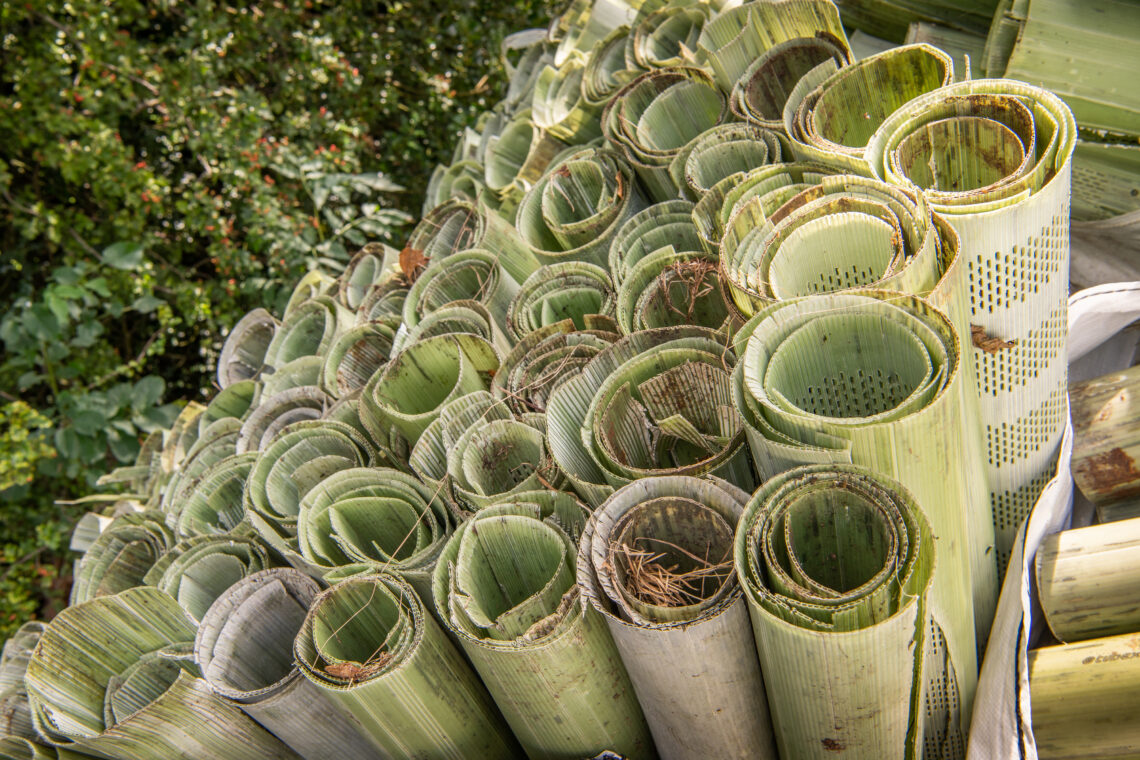
So, when should you remove your tree shelters?
The optimal time to remove tree shelters is when the sapling has sufficiently matured, is displaying signs of splitting and is capable of thriving independently. The timescale of development can vary depending on the tree species, but generally occurs between 5-10 years. Once our tree guards have protected the sapling successfully, the tree should now be fully self-sufficient and ready to continue growth without protection.
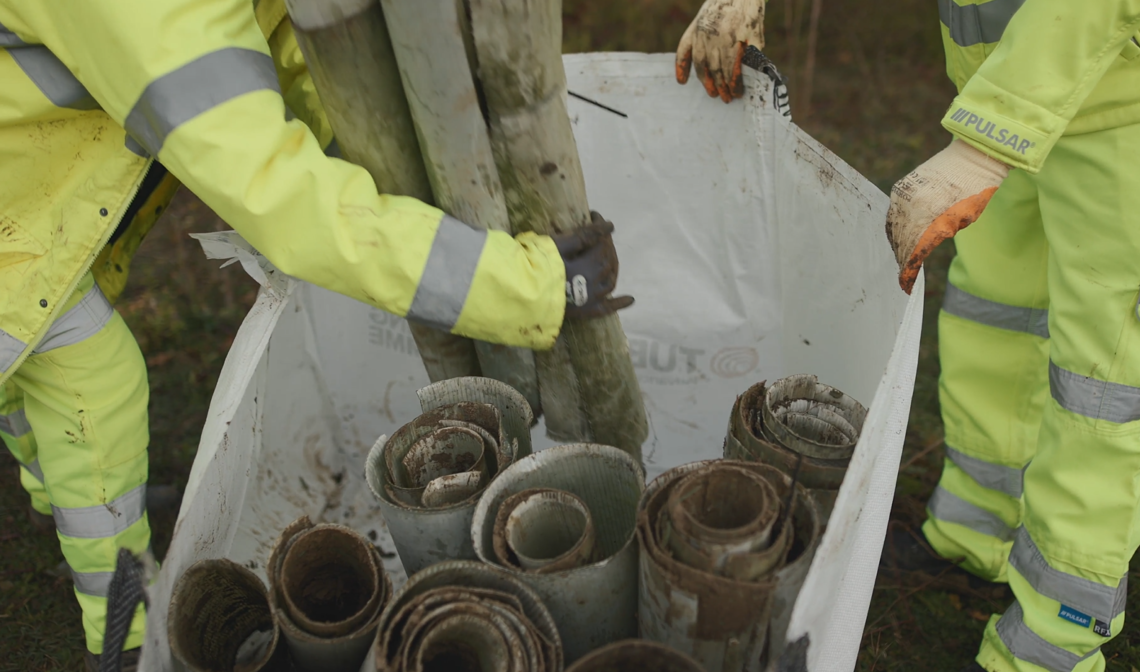
Where can you recycle tree shelters?
After guiding saplings to maturity, it’s crucial to ensure shelters are collected and disposed of responsibly. With the creation of the Tubex tree shelter Collection and Recycling Programme, we wanted to make this as easy as possible for our customers and users of tree shelters nationwide – which is exactly why we offer different collection methods, to suit all circumstances and scenarios.
For that same reason, not only will all types of Tubex branded PP shelters and PE meshes are accepted for recycling, but we will also accept PP and PE shelters from other manufacturers, in our mission to help dispose of and recycle shelters responsibly.
The first option for free tree shelter recycling is through our hubs located around the UK. We currently operate 17 hubs in partnership with Yorkshire Dales Millenium Trust, with more to come – so whether you’re involved in a large-scale project or a small community planting, our hubs are ideal, as we welcome all quantities (as little as one bag of shelters) free-of-charge.
To recycle your shelters at one of our hubs, take a look at our hub map, find the hub closest to you and contact directly to book a drop-off time that is convenient for you.
Another option is pickup – for a fee of £39 per bag (minimum order of six bulk bags), we provide doorstep collection services across the UK. For smaller quantities, collection costs are determined on a case-by-case basis.
Why use Tubex’s Collection and Recycling Programme?
By collecting your shelters and recycling them through the Tubex Collection & Recycling scheme, we will ensure they are properly recycled at one of our facilities.
Once collected, the used shelters undergo a meticulous recycling process at our facilities. The tubes are shredded, washed, and re-pelletised for incorporation in the manufacturing of new, recyclable tree shelters. This circular approach ensures that our products contribute to a sustainable tree protection solution from start to finish.
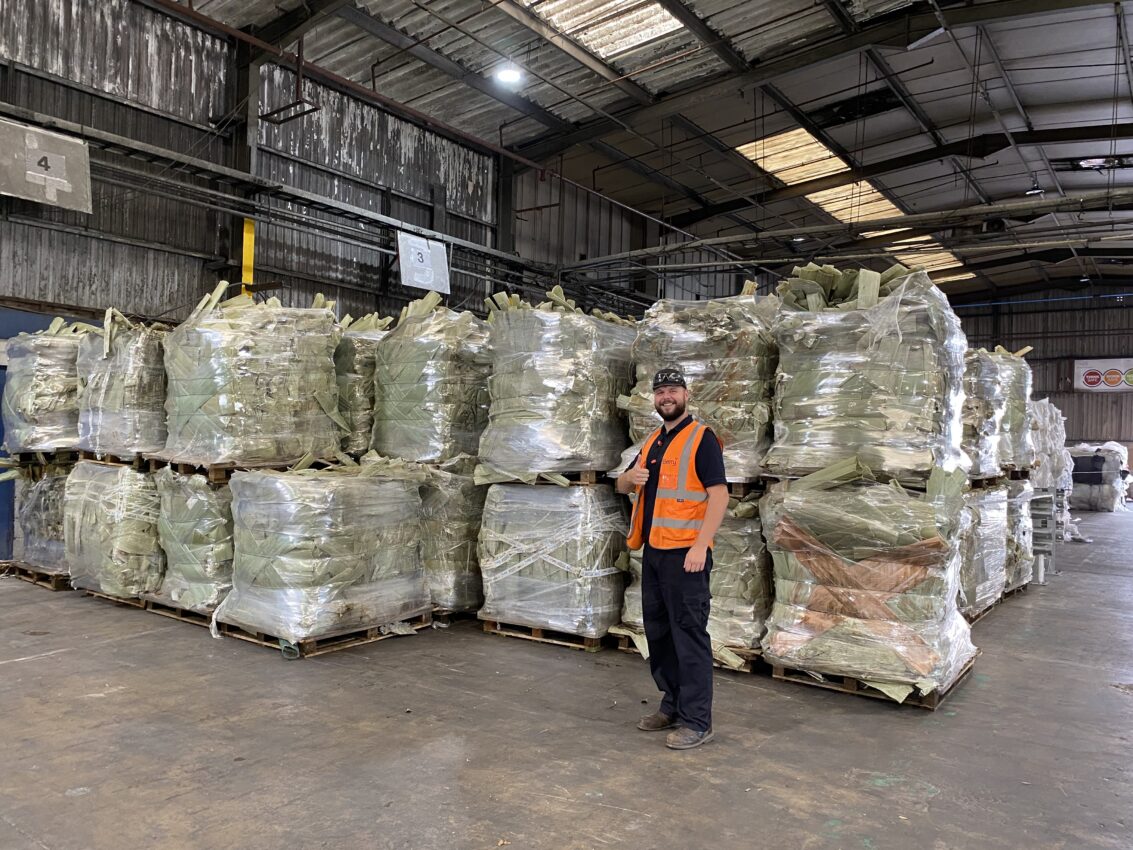
How do you remove your tree shelters?
To remove our tree shelters at end-of-life:
- Untie and Detach: Begin by cutting the cable tie and removing it, followed by the stake.
- Tube Removal: Carefully slit the tube lengthwise along the join to open and detach it. For safety, we recommend using a safety knife and wearing gloves.
- Packing for Collection: Place the tubes in our Tubex bulk bags, ensuring the open ends face upwards to maximise space and facilitate efficient collection.
What if collection is not possible?
We always stress that recycling our plastic shelters at end-of-life is the most sustainable option, with the main factor behind this being circularity in material use – one of the core foundations of sustainability in any industry.
However, it’s important to emphasise that biodegradable shelters can still be a responsible option for certain scenarios.
Our Tubex Nature biodegradable shelters are therefore ideal when collecting tree shelters is simply not feasible. We understand that not every planting scheme is in an easily accessible location or has the resources to facilitate collection.
Once our Nature shelters have served their purpose, they can be left to biodegrade in situ and over time will start to degrade and break down into water and CO2 through microbiological processes.
To find out more about our Collection & Recycling Programme, click here.

